We are shaping a successful future
Beautiful is what works.
It was this approach that fuelled the success story of prefabricated construction which began in the 1920s. Craftsmen and artists came together to pool their skills and know-how effectively to achieve a common goal. This combination of skill sets gave rise to the “Bauhaus” movement, with its influence still found in the design and fittings of houses today.
The goal was to generate series production of architecturally sophisticated and functional prefabricated houses that were both aesthetically pleasing and affordable.
The tradition of prefabricated construction was shaped by the demand to create an alternative to the elaborate solid construction method. The origins come from the U.S., where prefabs were built to accommodate settlements during the Gold Rush.

“A Japanese house is the most modern and the best I know.
And true prefabricated home.” – Walter Gropius
The Japanese have been using standardised elements for house construction since the 12th century and have always embodied high-quality minimalism.
Re:thinking homes
We manufacture buildings and develop modern living ideas that instil comfort for a feel-good home.
Re:thinking prefabricated constructions – a completed architectural thought
We utilise the knowledge from industry 4.0 to identify trends with extensive data analyses and develop them further. The architecture is well thought out and modern down to the smallest detail. Just like the Bauhaus visionaries who came before us, we want to design buildings and modern living concepts that are geared toward people.
Modern technology
From the most intelligent building technology, to flexible use of available space, to innovative and sustainable use of materials – we use the latest technologies to ensure the future viability of the houses we build.
The best minds foster the best trends
We offer investors, home builders and project developers the most innovative solutions.
Long before so-called “tiny houses” movement took off, our brand Hanse Haus, in cooperation with Luigi Colani, built a fully equipped house on 36 m² in 2004, with stylish and technical sophistication.

The value of a prefab
After the Second World War, it was the prefabricated home in particular that ensured that people in this country had a roof over their heads.
Erecting light wood frame structures was easy and cheap and was characteristic of the construction at that time. Many carpenters specialised in this method, but, due to the overall situation back then, there was an apparent shift in focus: quantity over quality.
The industry itself no longer wanted to walk down that path, which is why they founded the Qualitätsgemeinschaft Deutscher Fertigbau (QDF – the German Prefabricated Housing Quality Collective) in 1989. They put in place binding guidelines which have secured the value of German prefabricated homes while ensuring that the dream of building one’s own home is affordable.

